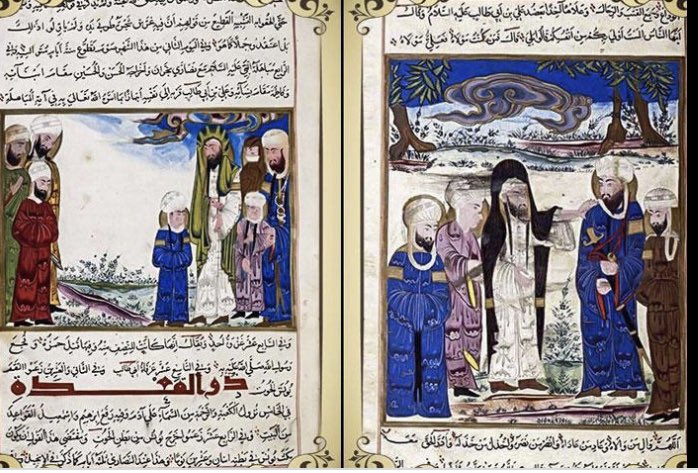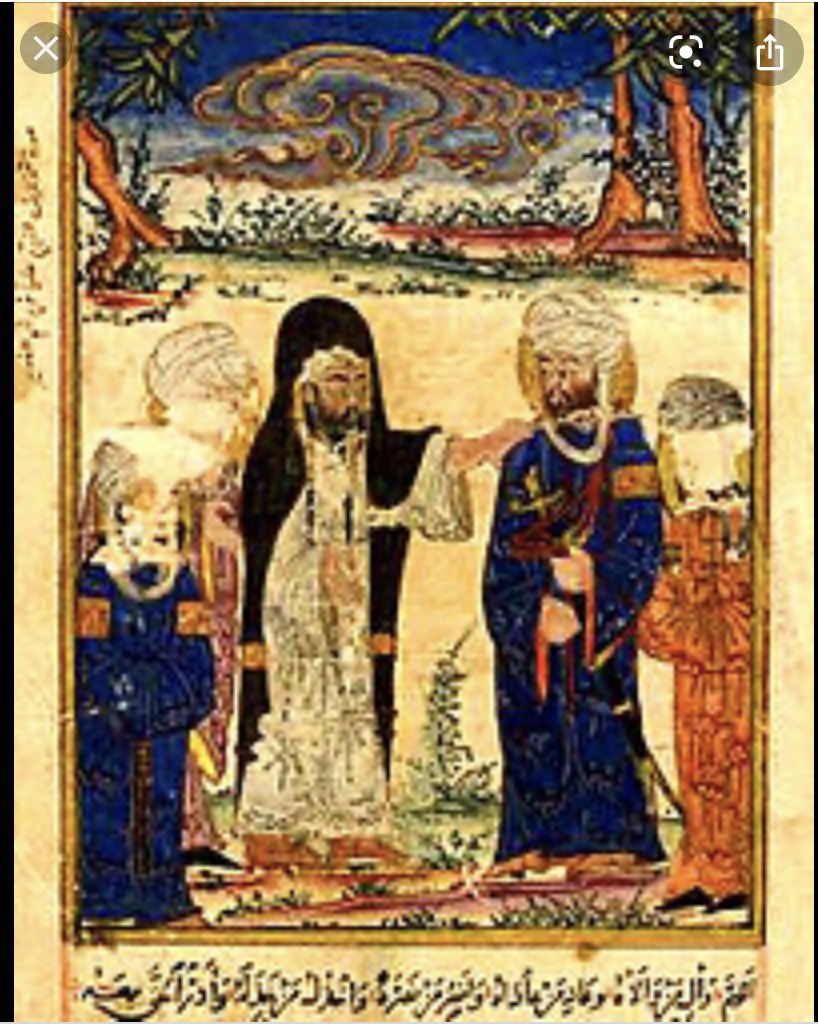
@exeterIAIS intellectual historian | Persianate and Shii Islam | mysticism | decoloniality | philosophy in contemporary Islam | Global philosophy
2 subscribers
How to get URL link on X (Twitter) App




 Much of his career was in #MuslimChristian understanding partly influenced by his own biography - born into a #Shii family in Qana in Southern Lebanon in 1935 and converting to Protestantism 2/
Much of his career was in #MuslimChristian understanding partly influenced by his own biography - born into a #Shii family in Qana in Southern Lebanon in 1935 and converting to Protestantism 2/


 In terms of his scholarly family background, his father was a descendant of Fatḥollāh Kāshānī, author of the 16th century #QurʾanExegesis Manhaj al-ṣādiqayn, and his maternal grandfather was Navvāb-e Tehrānī, author of the literary Shiʿi martyrology Fayż al-dumūʿ 1/
In terms of his scholarly family background, his father was a descendant of Fatḥollāh Kāshānī, author of the 16th century #QurʾanExegesis Manhaj al-ṣādiqayn, and his maternal grandfather was Navvāb-e Tehrānī, author of the literary Shiʿi martyrology Fayż al-dumūʿ 1/ 




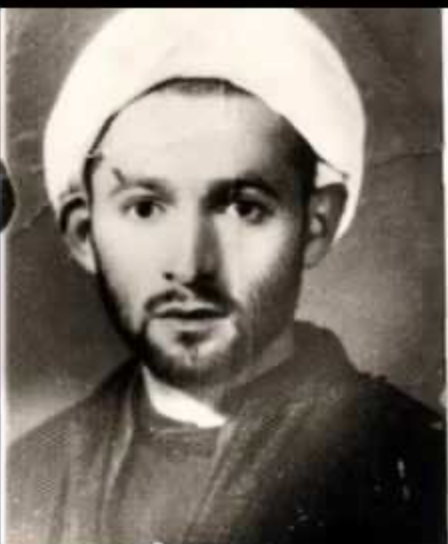 As his name suggests, he was born in Āmol and began his seminary studies there and only moved to Tehran as a young man in 1950 to continue his studies 2/
As his name suggests, he was born in Āmol and began his seminary studies there and only moved to Tehran as a young man in 1950 to continue his studies 2/


 In the introduction he wrote: 'The essence of what is included in this work comes from what God inspired in me while I was fulfilling my circumambulations of his house and while I was contemplating it seated in its holy precincts' 2/
In the introduction he wrote: 'The essence of what is included in this work comes from what God inspired in me while I was fulfilling my circumambulations of his house and while I was contemplating it seated in its holy precincts' 2/






 The lives of the two modern #Persian translators of #Plato can be rather instructive on the nature of modern #iranian intellectual history 2/
The lives of the two modern #Persian translators of #Plato can be rather instructive on the nature of modern #iranian intellectual history 2/



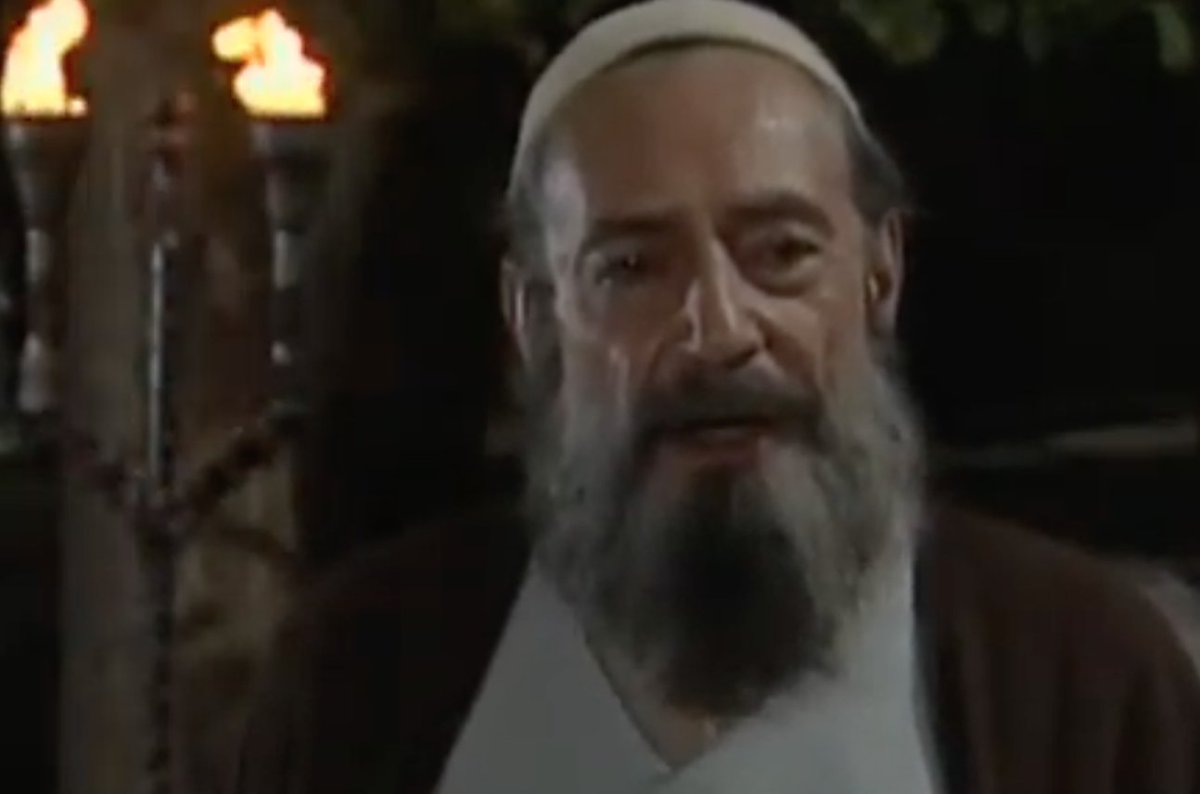 Despite being the Shaykh al-islām of Iṣfahān late in life and a leading jurist of his time - he was the grandson of the first major jurist of the Safavid empire Shaykh Nūr al-dīn ʿAlī al-Karakī (d. 1534) - his work remains little known 2/
Despite being the Shaykh al-islām of Iṣfahān late in life and a leading jurist of his time - he was the grandson of the first major jurist of the Safavid empire Shaykh Nūr al-dīn ʿAlī al-Karakī (d. 1534) - his work remains little known 2/


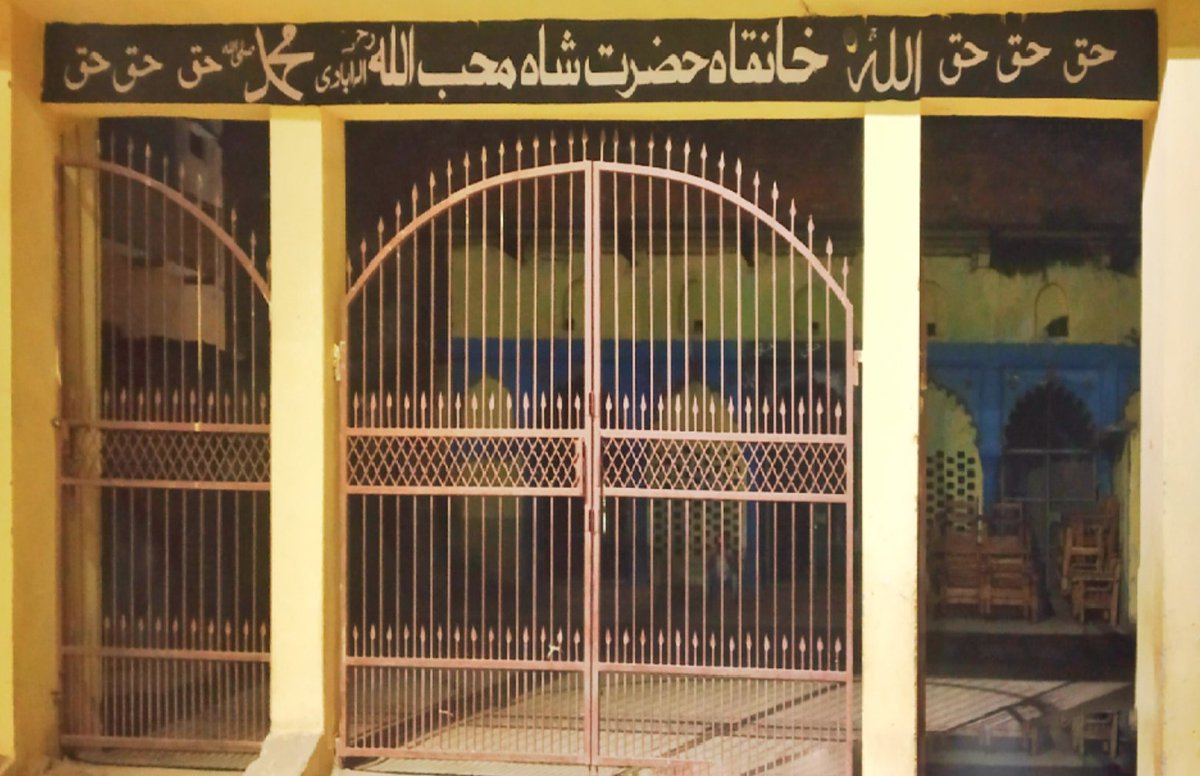
 He is actually presented within the long and significant engagement with the school of #IbnArabi in North India and juxtaposed (at least in the much later reformist historiography) against the 'Naqshbandī' reaction of Shaykh Aḥmad Sirhindī (d. 1624) against monism 2/
He is actually presented within the long and significant engagement with the school of #IbnArabi in North India and juxtaposed (at least in the much later reformist historiography) against the 'Naqshbandī' reaction of Shaykh Aḥmad Sirhindī (d. 1624) against monism 2/

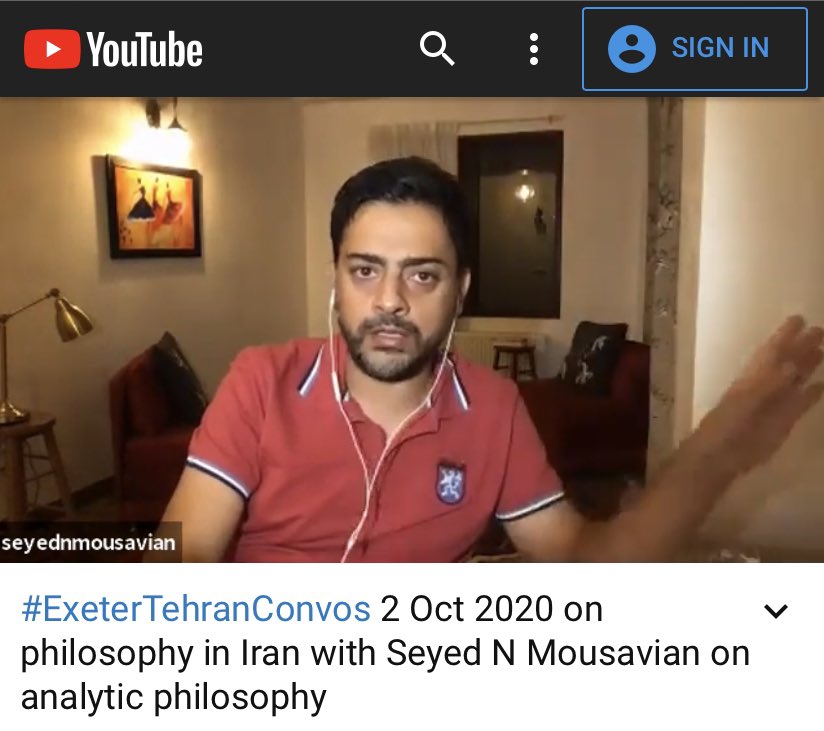
 And the ways in which continental philosophy dominated in an earlier period due to the influence of the #Heideggerians and the circle of #AhmadFardid (1909-1994) many of whom became prominent in the committee for the cultural revolution after 1979 2/
And the ways in which continental philosophy dominated in an earlier period due to the influence of the #Heideggerians and the circle of #AhmadFardid (1909-1994) many of whom became prominent in the committee for the cultural revolution after 1979 2/ 



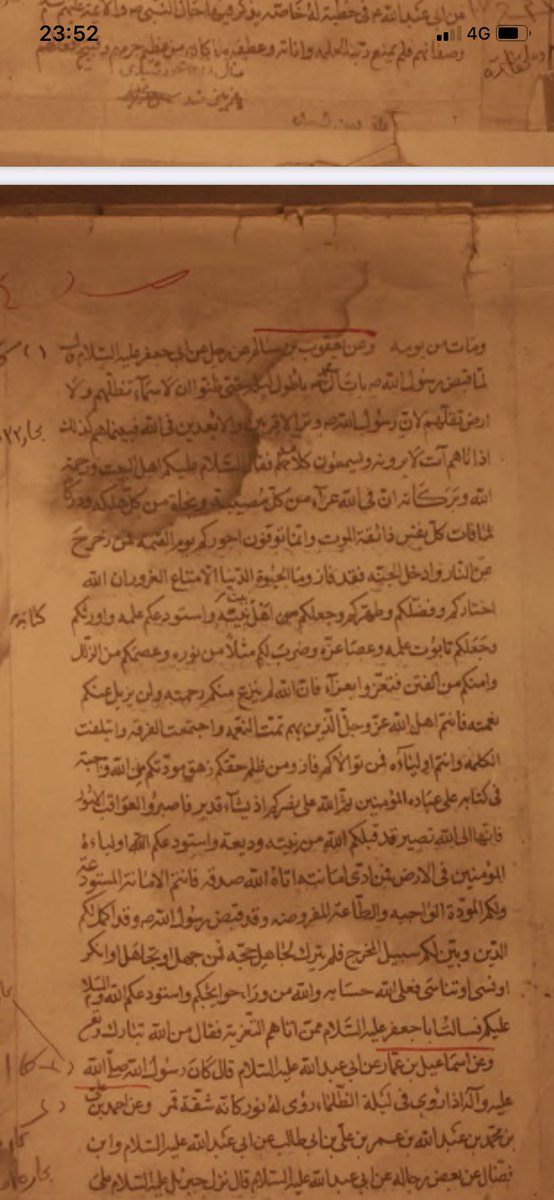 The Kitab al-mazar of Muhammad b. Ja’far al-Mashhadi (d. 594/1198) was a prominent #Shii traditionist who had studied with Ibn Shahrashub (d. 588/1192), Warram b. Abi Firas (d. 605/1208) and Sayyid Ibn Zuhra naqib of Aleppo (d. 585/1189) 2/
The Kitab al-mazar of Muhammad b. Ja’far al-Mashhadi (d. 594/1198) was a prominent #Shii traditionist who had studied with Ibn Shahrashub (d. 588/1192), Warram b. Abi Firas (d. 605/1208) and Sayyid Ibn Zuhra naqib of Aleppo (d. 585/1189) 2/

 From Ahmed Naji: Al Said explored a number of elements in the material culture of the tragedy of Karbala visible in posters, Muharram Procession paraphernalia and performances 2/
From Ahmed Naji: Al Said explored a number of elements in the material culture of the tragedy of Karbala visible in posters, Muharram Procession paraphernalia and performances 2/

 There are a number of classic works in the #Shii tradition on this including works by Sayyid Ḥaydar Āmulī (d. after 786/1385), Qāḍī Saʿīd Qummī (d. 1107/1696) and even recently Āyatullāh Khumaynī (d. 1989) 2/
There are a number of classic works in the #Shii tradition on this including works by Sayyid Ḥaydar Āmulī (d. after 786/1385), Qāḍī Saʿīd Qummī (d. 1107/1696) and even recently Āyatullāh Khumaynī (d. 1989) 2/ 




 Shaykh Luṭfullāh was a jurist in the age of Shāh ʿAbbās and is perhaps best known to posterity through his mosque in the Maydan-e naqsh-e jahān in #Isfahan archnet.org/sites/1623 2/
Shaykh Luṭfullāh was a jurist in the age of Shāh ʿAbbās and is perhaps best known to posterity through his mosque in the Maydan-e naqsh-e jahān in #Isfahan archnet.org/sites/1623 2/ 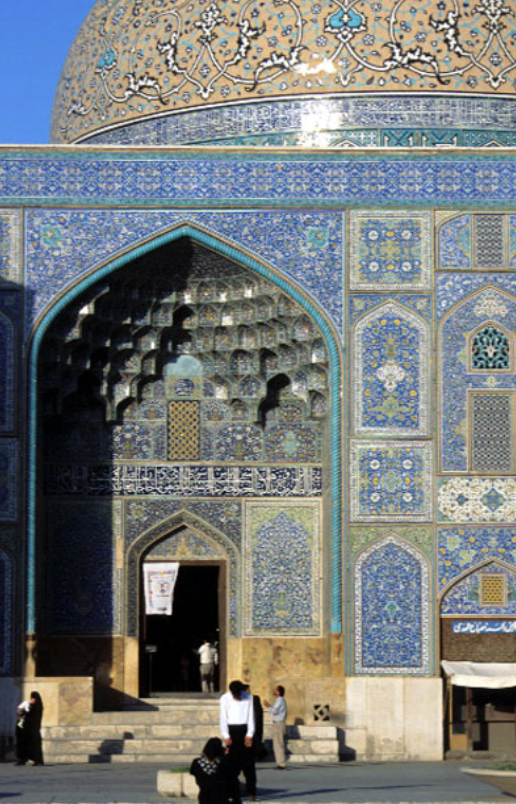
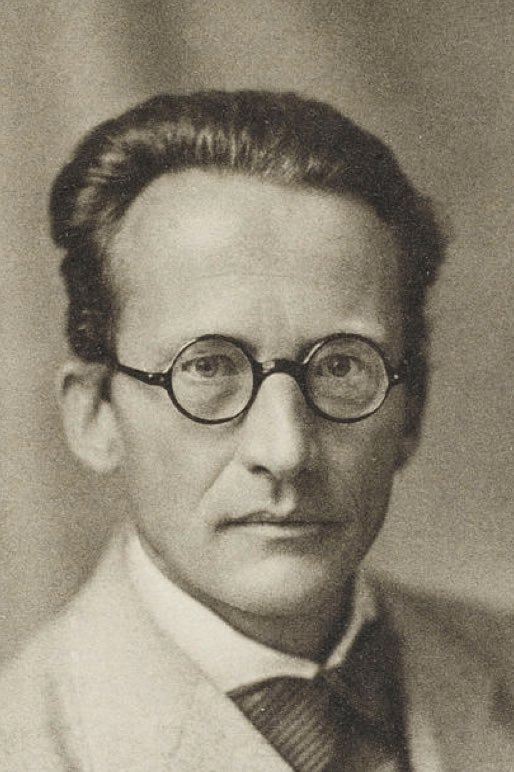

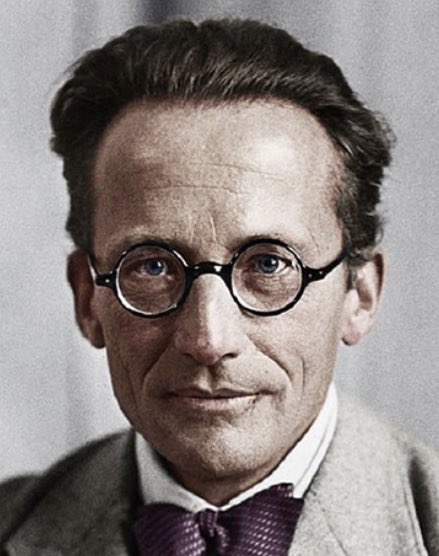 This is a good explanation of the thought experiment and the cat who is and isn’t 3/
This is a good explanation of the thought experiment and the cat who is and isn’t 3/
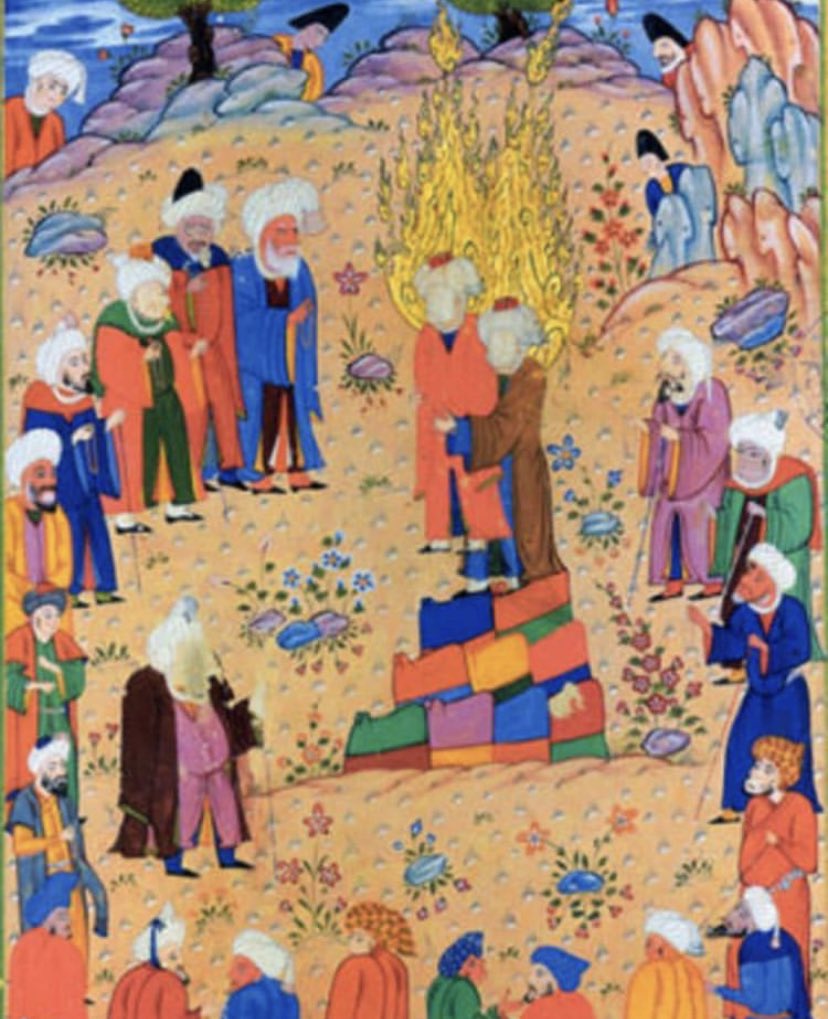
 Extensively in painting (and let’s not even bother with the so called prohibitions on figuration) such as classic illustrations on manuscripts and #Farschian 2/
Extensively in painting (and let’s not even bother with the so called prohibitions on figuration) such as classic illustrations on manuscripts and #Farschian 2/ 